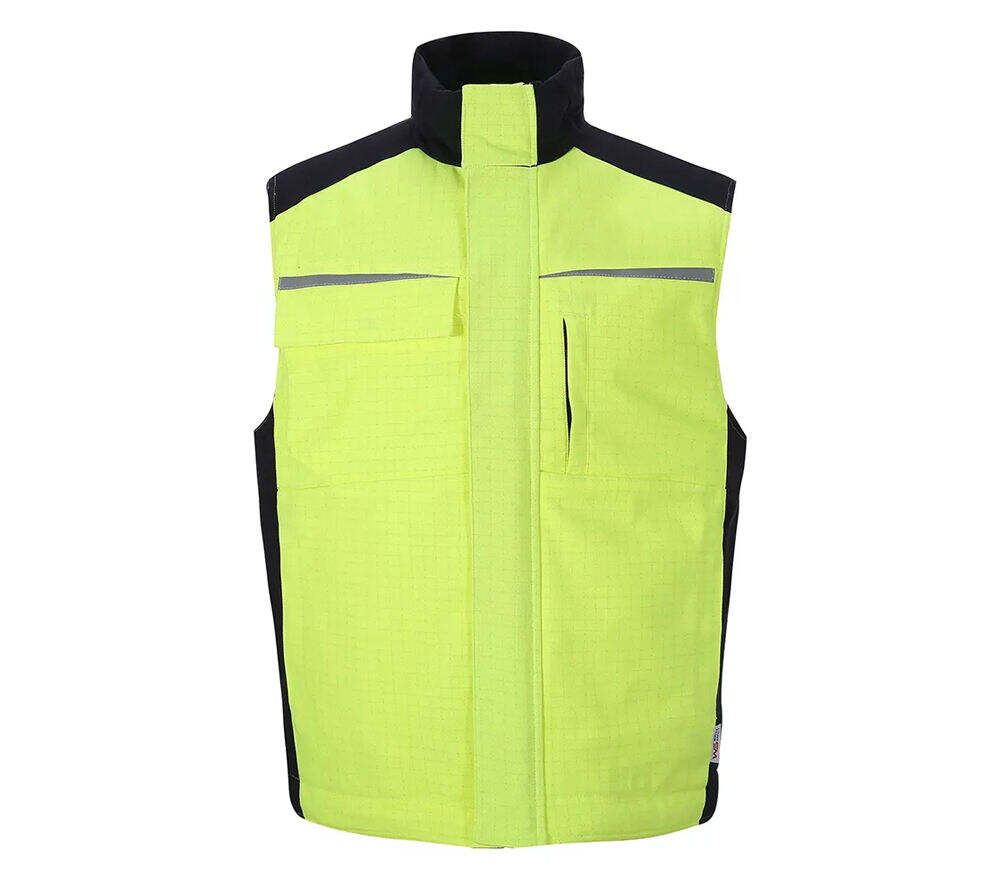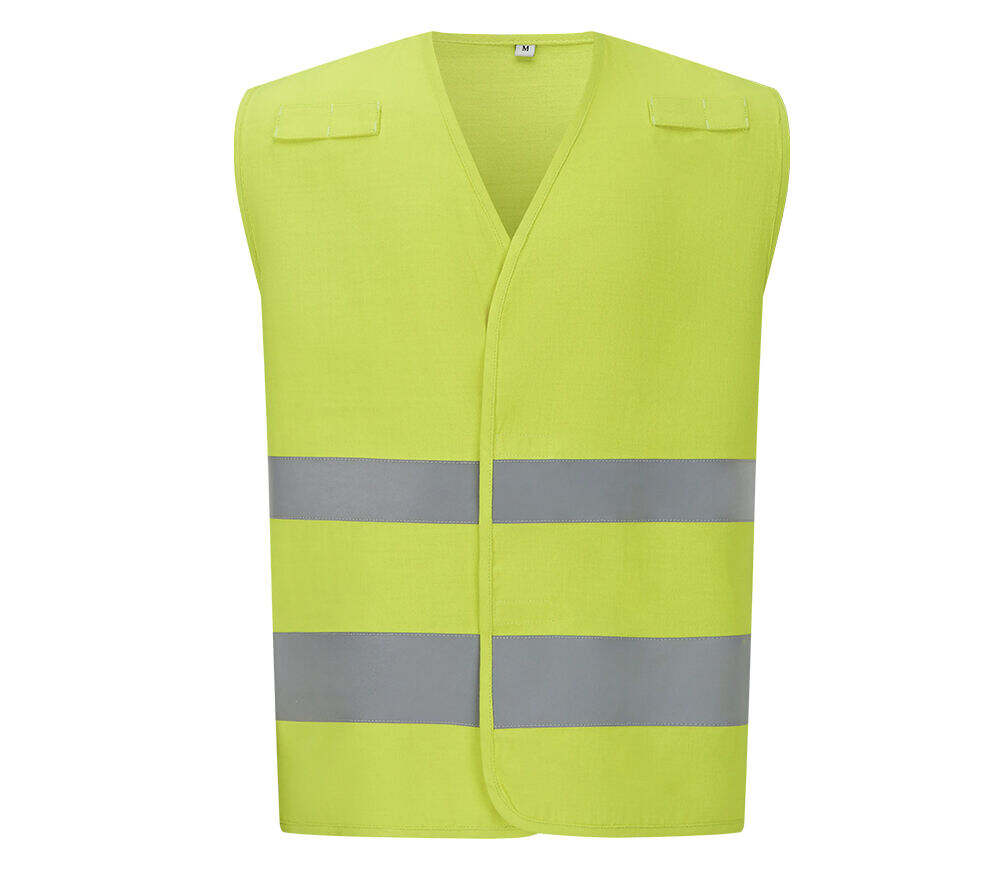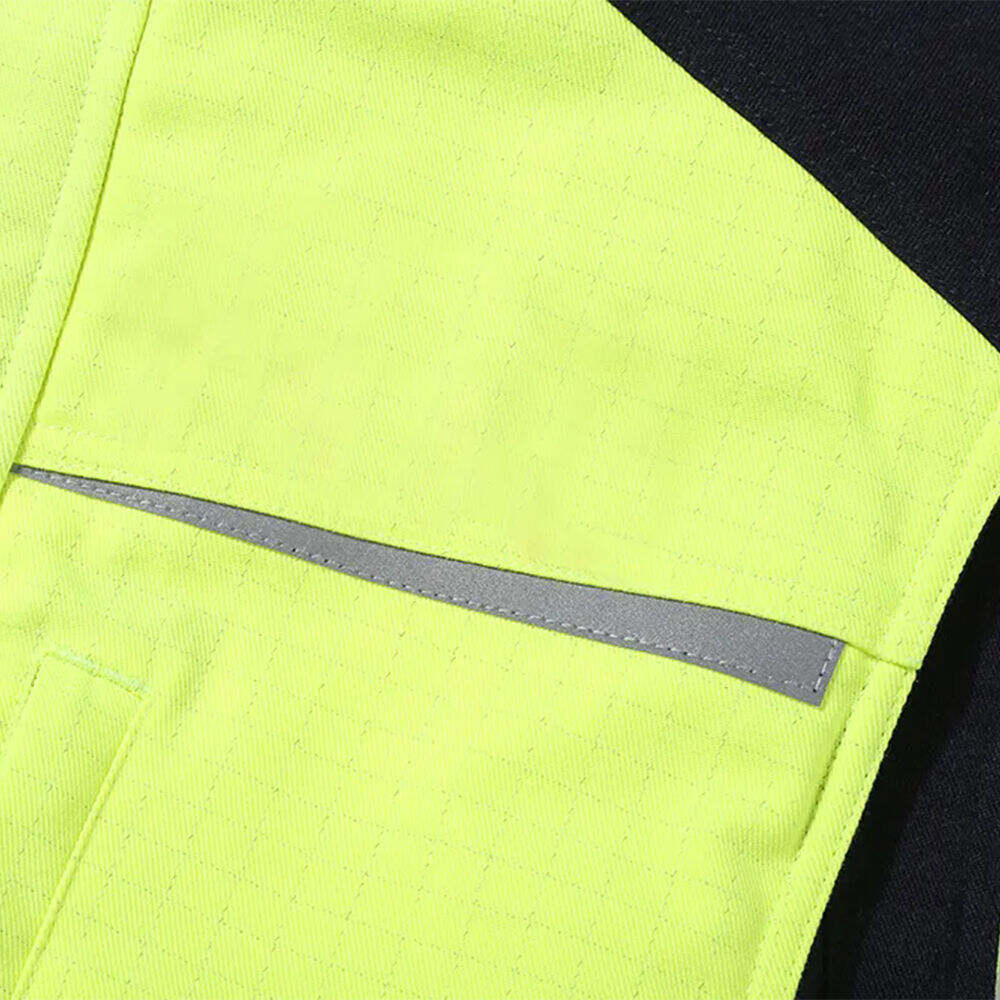소방관 장비와 산업 안전 장비는 모두 근로자를 위해 설계되었지만, 각각 다른 직업군의 특정 요구 사항에 맞춰져 있습니다.
소방복은 소방관들이 화재를 진압하는 동안 겪게 되는 극한의 환경으로부터 보호하기 위해 설계되었습니다. 이에는 방화 코트와 바지, 헬멧, 부츠, 장갑 및 자가포함식 호흡기(SCBA) 등 여러 중요한 구성 요소가 포함됩니다. 코트와 바지는 높은 온도와 직접적인 화염 노출에 견딜 수 있는 특수한 방화 재질로 만들어졌습니다. 또한 가볍고 유연하게 설계되어 소방관들이 임무를 수행하면서 자유롭게 움직일 수 있도록 해줍니다. 헬멧은 고온과 충격에도 견딜 수 있는 안면 보호판이 있어 머리와 얼굴을 보호합니다. 부츠는 절연되어 있으며 미끄러운 표면에서의 미끄럼과 넘어짐을 방지하기 위해 우수한 접지력을 제공합니다. 장갑은 도구와 장비를 다룰 때 좋은 민첩성을 제공하며 방화 기능을 갖추고 있습니다. SCBA는 연기가 가득 찬 환경에서 소방관에게 깨끗한 공기를 공급하는 필수 장비입니다.
반면, 산업용 안전 장비는 건설, 제조, 채굴 등 다양한 산업 현장에서 근로자를 보호하기 위해 설계됩니다. 필요한 산업용 안전 장비의 유형은 작업 환경에 존재하는 특정 위험 요소에 따라 다릅니다. 예를 들어, 건설 현장에서는 근로자가 안전모, 안전 안경, 고시성 조끼, 스틸 토 부츠 등을 착용해야 할 수 있습니다. 안전모는 떨어지는 물체로부터 머리를 보호하고, 안전 안경은 이물질과 화학 물질로부터 눈을 보호하며, 고시성 조끼는 다른 사람들에게 근로자를 더 잘 보이게 하고, 스틸 토 부츠는 무거운 물체로부터 발을 보호합니다. 화학 공장에서는 근로자가 독성 물질에 노출되는 것을 방지하기 위해 화학 물질에 견디는 작업복, 장갑, 호흡기를 착용해야 할 수 있습니다.
소방관 장비와 산업 안전 장비의 주요 차이점 중 하나는 필요한 보호 수준입니다. 소방관 장비는 극도의 열, 불꽃 및 연기로부터 보호를 제공해야 하지만, 산업 안전 장비는 물리적, 화학적 및 생물학적 위험 등 더 넓은 범위의 위험으로부터 보호하도록 설계됩니다. 또 다른 차이점은 디자인과 기능성입니다. 소방관 장비는 내장된 공급 시스템과 고급 열 보호 기능 같은 특화되고 복잡한 기능을 자주 포함합니다. 반면, 산업 안전 장비는 착용자의 기본적인 보호와 편안함에 더 초점을 맞추고 있습니다.
결론적으로, 소방관 장비와 산업 안전 장비는 각각의 직업에서 근로자를 보호하는 데 있어 필수적입니다. 이들은 안전을 제공하는 공통된 목표를 가지고 있지만, 소방관과 산업 근로자의 특정 필요와 위험에 맞춰 설계되었습니다.


